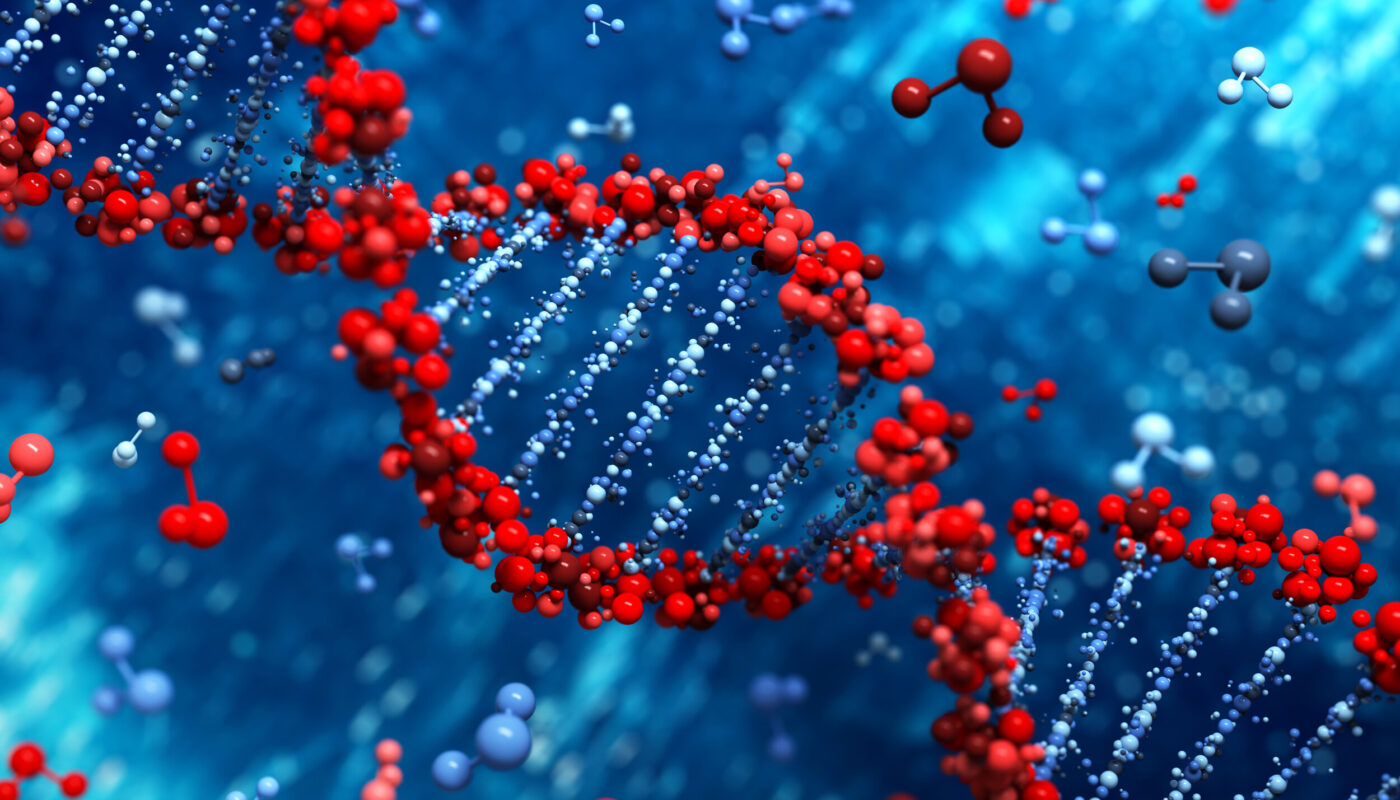A recent study conducted by researchers at the Massachusetts Institute of Technology (MIT) sheds light on how cells preserve their identity during the process of cell division. Within every cell’s nucleus, the three-dimensional (3D) folding pattern of its genome plays a crucial role in determining which parts of the genome are marked by chemical modifications. These modifications control gene expression and ultimately determine the cell’s fate.
When cells divide and copy their DNA, they lose half of these chemical modifications. The researchers wanted to investigate how cells retain their identity despite losing a portion of these marks during division. Their findings suggest that the 3D folding pattern of the genome allows each daughter cell to easily restore the chemical marks needed to maintain its identity.
The study involved developing a computational model of a polymer with marked regions. The marked regions collapsed into each other, forming a dense clump, demonstrating how the remaining marks could be restored based on the folding pattern of the chromosomes. This process is facilitated by reader-writer enzymes, specialized enzymes that read existing marks and write additional marks at nearby locations.
According to Jeremy Owen, the lead author of the study, the research highlights the qualitative features of the chemical systems inside cells and how they work together to maintain stable memories of gene expression. The 3D structure of folded chromosomes influences the spreading of these marks, allowing for the preservation of cell identity over multiple cell divisions.
The researchers drew parallels between the conservation of epigenetic memory and the preservation of connections in a neural network. The pattern of marks on the genome can be likened to the patterns of connections formed between neurons that fire together in a network.
However, the researchers also discovered that if the activity of the reader-writer enzymes was too strong, it would lead to the entire genome being covered in epigenetic modifications. On the other hand, if the enzyme activity was too weak, not enough of the genome would be covered, resulting in the loss of epigenetic memory in a few cell generations. To maintain accurate epigenetic memory, the researchers found that limiting the amount of enzyme to 0.1-1% of the number of histones was crucial.
The study has important implications for the understanding of cell identity preservation and the maintenance of epigenetic memory. The researchers intend to further investigate how this process may contribute to the loss of cell identity and epigenetic erosion in aging cells. Additionally, they plan to study a genetic disease called progeria, which involves the accelerated aging of cells due to mutations that lead to heterochromatin loss.
The next steps for the researchers include collaboration with other scientists to experimentally test the predictions of their model. By altering the levels of reader-writer enzymes in living cells, they hope to measure the impact on epigenetic memory. This research could ultimately provide insights into various diseases and aging processes associated with changes in cell identity and epigenetics.
*Note:
1. Source: Coherent Market Insights, Public sources, Desk research
2. We have leveraged AI tools to mine information and compile it




